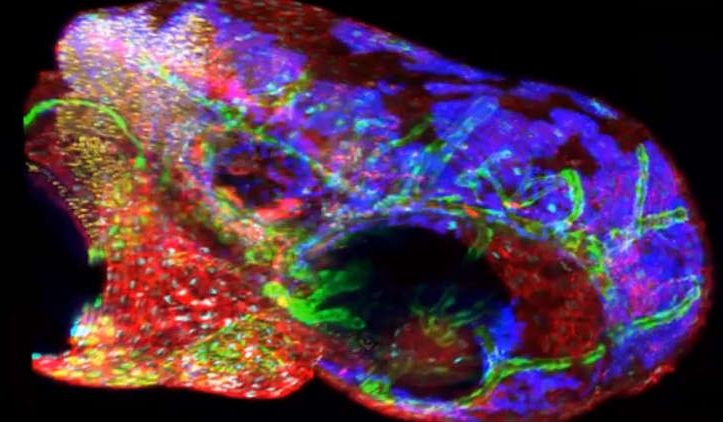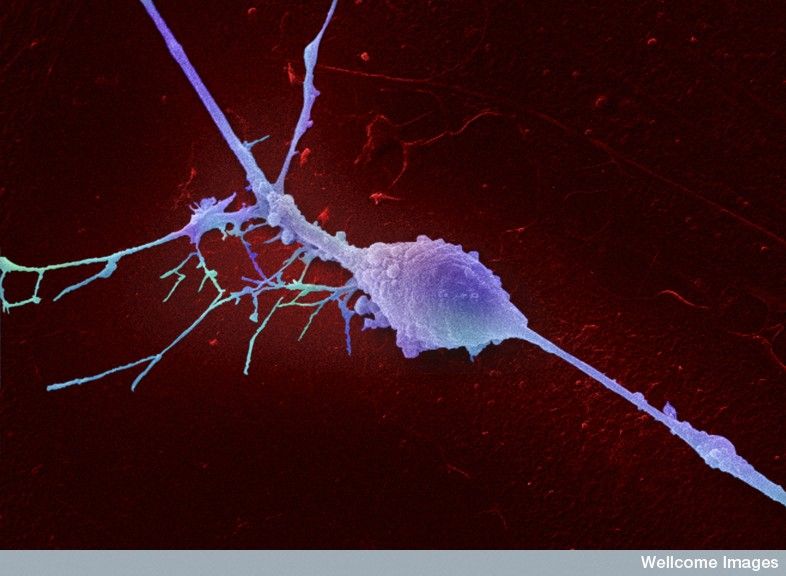Jan 16, 2017
Scientists snap mice brains, making them killing machines
Posted by Karen Hurst in category: genetics
Hmmm; not sure that I like what they did here.
The behavior didn’t occur when they stimulated the mice’s other brain parts. It’s a mechanism common to all higher animals, including humans.
The researchers expected to find these hunting circuits in mice because many mice kill and eat insects. The study relied on the technique optogenetics, in which neurons can be artificially activated using light, effectively allowing scientists to switch the killer instinct on and off at will.
Continue reading “Scientists snap mice brains, making them killing machines” »

















